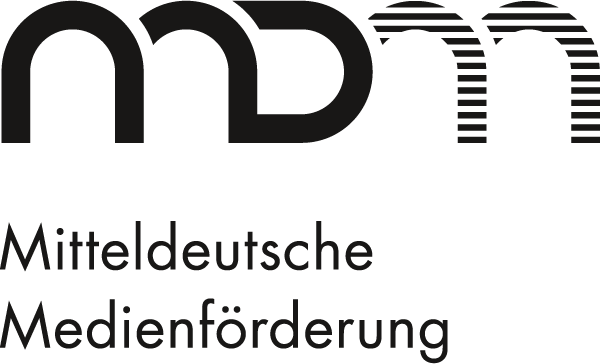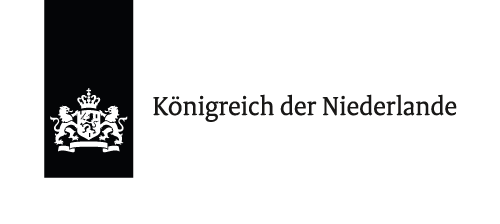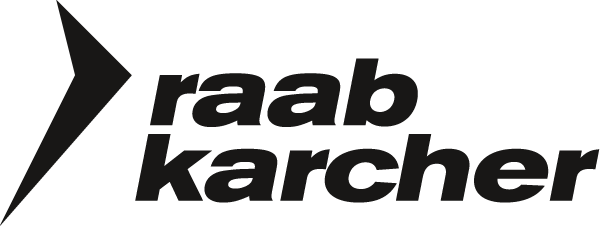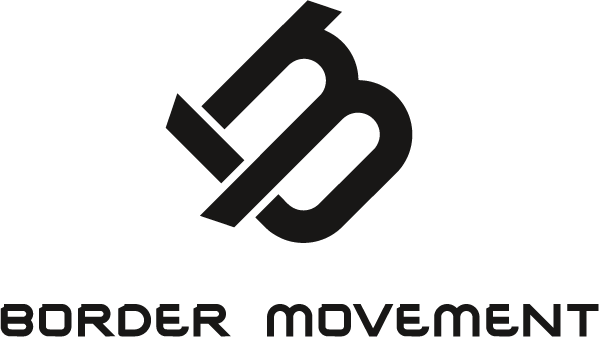1435 millimetres haven’t changed for the DB Cargo company. That’s the gauge of the train tracks. What else? Rail transport networks already existed in Europe long before the terminology and concepts of the logistics industry began their meteoric rise. What has changed as a result of lorry transport, containers, multimode distribution and digitalization? How does DB Cargo now organize rail transport within Germany and the rest of Europe? And what developments in terms of technology and staff are to be expected in the future? Taking two technological elements from the past and future of train formation facilities as a point of departure, Thomas Hünewinkel will explain the role of traditional rail transport in the logistics networks of the present. Whoever can answer the most questions correctly during the interactive discussion will receive a book about the history of the Halle railway yard.
Thomas Hünewinkel
Brake shoe and probe
Thomas Hünewinkel has worked for 35 years in the area of freight transport for Deutsche Bahn, serving as a train dispatcher, shunting planner and in partner management with other rail transport companies and ports. Nowadays he is manager of northeastern regional marketing for DB Cargo in Berlin.
Thomas Hünewinkel arbeitet seit 35 Jahren im Güterverkehr der Deutschen Bahn, unter anderem als Fahrdienstleister, Rangierplaner und im Partnermanagement mit anderen Eisenbahnverkehrsunternehmen und Häfen. Heute ist er Leiter des Regionalvertriebs Nord/Ost der DB Cargo AG in Berlin.







































